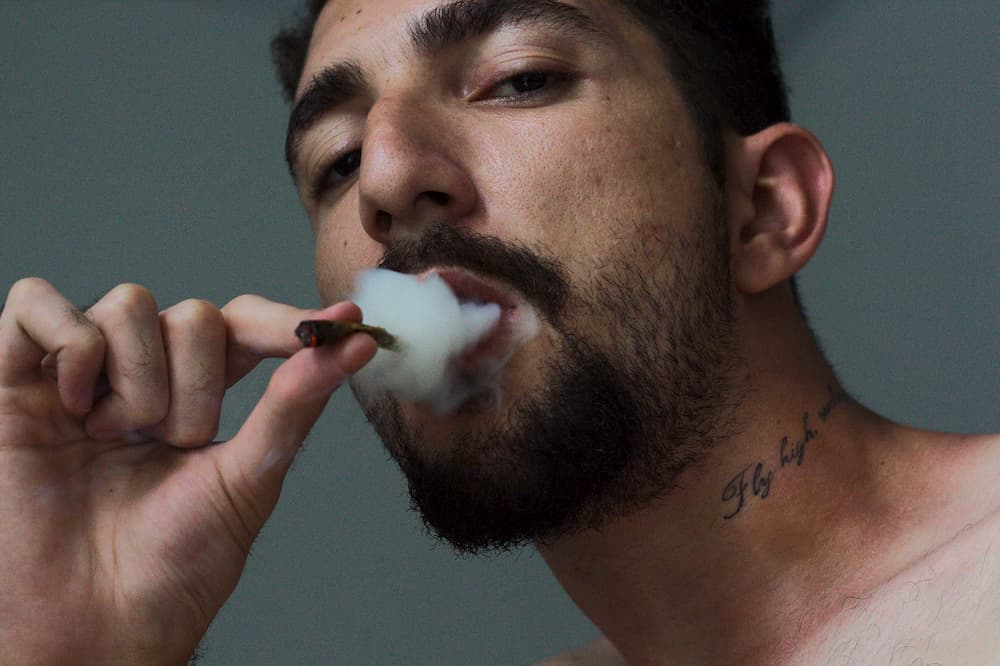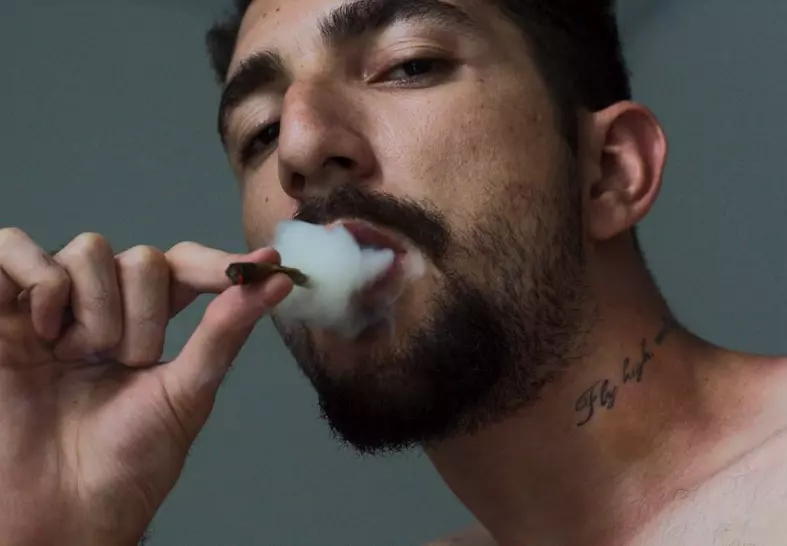
What is it about 2019 pot that makes it better?
You hear about it all the time: back in the 70s weed was great, but dang it sure is nice now. Reggie left town in the late 90s, replaced by kind bud. Schwag is still hanging around, but it can be harder to find than good marijuana.
So what happened?
While it’d be difficult to pin down the exact cause of the increased quality and THC spike around the country, the Gentleman notes that the first state to legalize medical marijuana, California, did so in 1996. This historic moment fits our timeline like wet spandex.
How Much Stronger?
Hard to say.
The research has definitely been botched and misconstrued. It’s commonly thought that weed was only 4% THC in 1995 and rose to 12% in 2015, but the data set that gives us these numbers is pretty compromised.
The general consensus is that the weed from this century must be higher quality than the last. Just remember that we have precious little data on the weed from the second half of the 20th century and what comes up from Central and South America.
It’s probably safe to say that the average reefer you run into is 2-7% stronger today than it was in the 1970s, according to researchers in Australia.
Superior Breeding
Our weed is stronger now for the same reason that our domesticated canines are so adorable and endlessly loyal to us. We picked the traits that worked best for us and reproduced them with the intention of amplification.
Sinsemilla
When you grow cannabis plants you will notice that each plant is either male or female.
A male marijuana plant grows pollen sacs in the places where branches jut out. These pollen sacs will eventually be the agent that sends the pollen out and spreads it, ideally to female plants.
The female plants have stigmas, aka pollen receptors, in the same place that male plants have sacs which in turn take in the pollen.
Having male and female plants is cool because smart minds can play around and switch up the gene pool of their garden, creating new varieties and increasing THC levels.
Sinsemilla means “without seeds,” and the idea is this: if you fill a room with only female plants and there are no male plants to complicate things with their ever-insistent pollen sacs, what you get is a bloating of the pods where the seeds would normally generate and grow in the females.
These pods are filled with resin much more potent than they would have been if impregnated with seeds. Coupled with the fact that female flowering buds and leaves have the highest concentrations of THC, it is now pretty much standard practice to keep the boys away and let the ladies do what they want.
Improved Growing Conditions
Growers now have hydroponic greenhouses and labs for experimentation rather than a hopeful backyard crop, and everyone benefits (probably)!
Combined with top-notch seeds guaranteed to produce THC heavy buds, growers are optimizing every part of growing the plant within each jurisdiction’s wacky rule set (in DC, many I71 growers utilize the Screen of Green or SCROG method to maximize yields).
Legalization doesn’t stop at the dispensary. America’s new Green Rush includes the highly competitive market of ancillary companies offering better lighting, grow mediums, nutrients, airflow, and every other environmental and processing consideration you can think of.
Controlling temperature and humidity throughout every stage of the process, increasing terpene content for taste and smell, databases of cannabis genetics...legalization means research. It means development. IT MEANS SCIENCE!!! I can’t wait to see what the industry looks like ten years from now.
You’ll still visit me then, won’t you? When we’re all hive-mind cyborgs?
